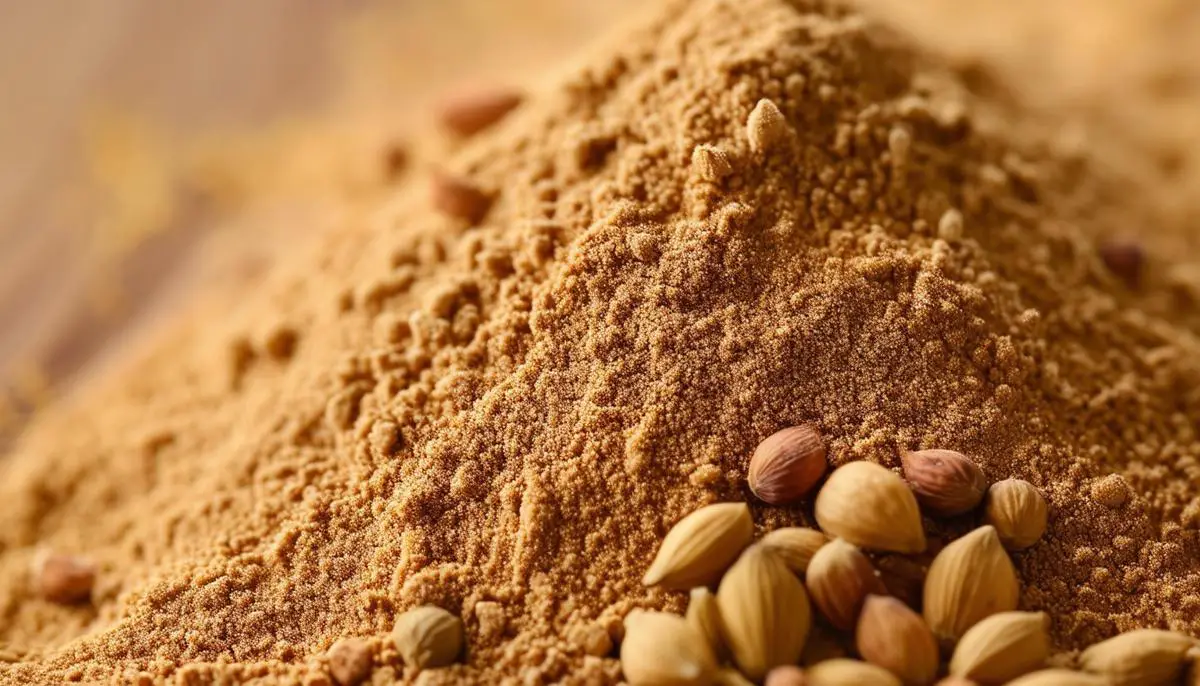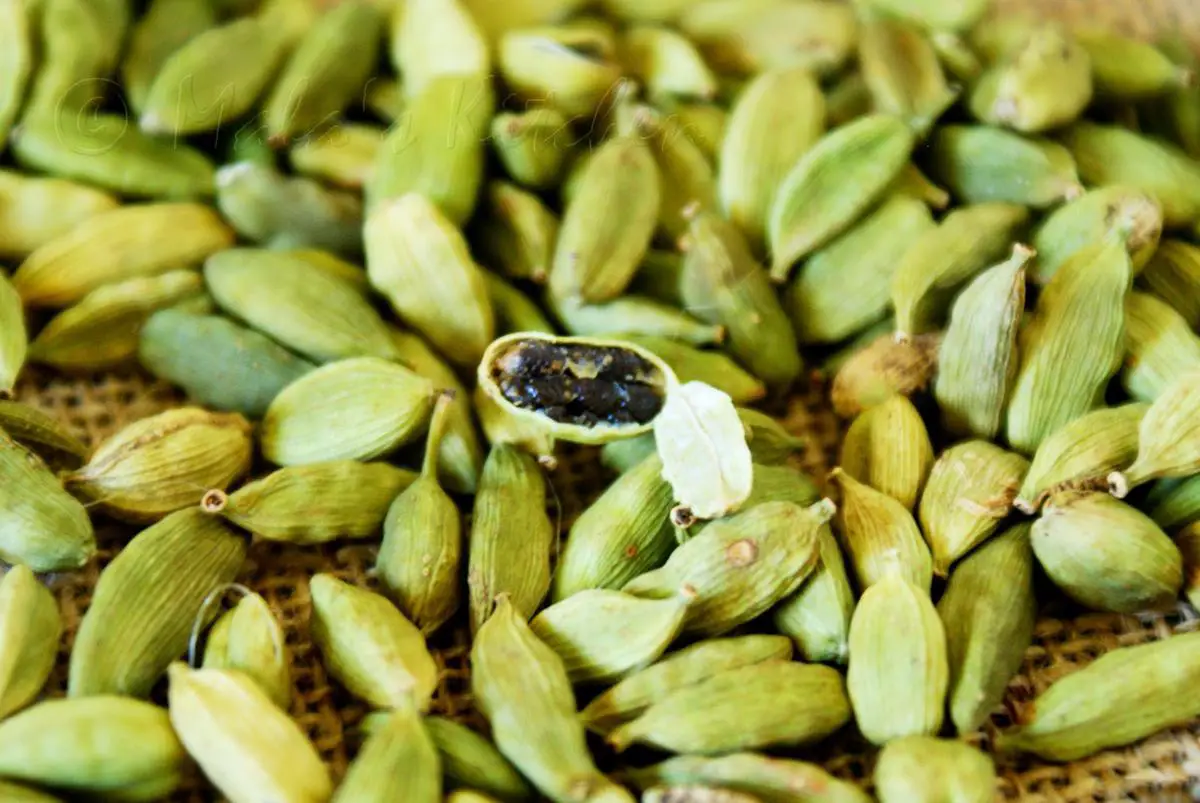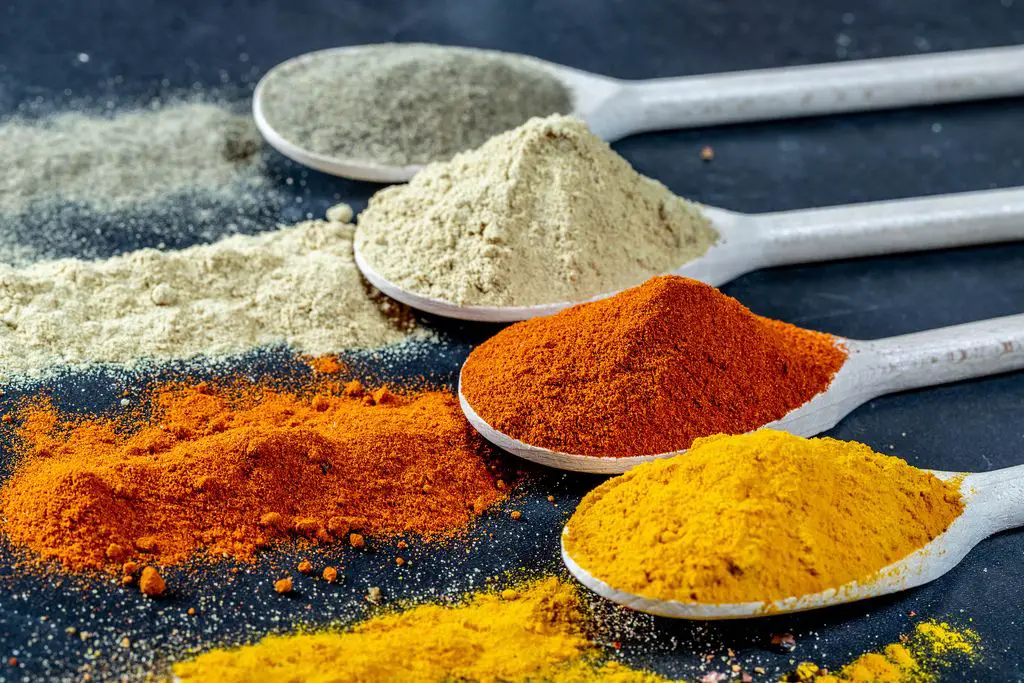
Understanding Ground Cardamom
Cardamom pods, when first picked, appear as small, green pearls harboring flavors that promise both warmth and complexity. The preparatory journey towards becoming ground cardamom entails careful drying, which directly influences the spice's final flavor and longevity. The pods are typically spread out and left to dry slowly under filtered sunlight or through mechanized means that maintain a low and steady warmth, ensuring they don't lose their essential oils.
Once adequately dried, the transformation into ground cardamom commences. This spice, known for its intricate and potent character, comes from finely milling the seeds found inside these dried pods. The grinding process is about conserving the pungent oils that define cardamom's identity. To achieve this, the process generally employs either traditional mortar and pestle methods or modern grinders programmed to avoid excessive friction heat that could spoil the delicate oils.
Ground cardamom offers versatility unparalleled by its whole or pod forms. When introduced as a powder, it marries more seamlessly into dishes, disperses its flavor more uniformly, and invites a touch of the exotic to whatever it graces. However, while grinding facilitates broader use in culinary landscapes, it demands immediate usage. Unlike its encased pod counterpart, ground cardamom surrenders its freshness rapidly; hence, many gourmet enthusiasts advocate for grinding the seeds shortly before they are to be used in culinary creations to capture the essence at its peak.

Culinary Uses of Ground Cardamom
Ground cardamom, with its blend of sweet, spicy, and floral notes, is cherished in culinary traditions around the world.
- In the kitchens of India, it finds its way into an array of masalas, imparting depth to curries. The spice's inclusion in iconic dishes like biryani reinforces the intricacy of flavors that define regional cuisine.
- In Scandinavia, cardamom brings warmth to baked goods. The spice is a quintessential element in pastries such as Swedish kardemummabullar, or cardamom buns, which offer a delightful burst of aromatics encased in soft dough.
- In the Middle East, cardamom infuses coffees and teas. A traditional cup of Arabic qahwa, generously laced with cardamom, elevates a simple brew to an aromatic escape. Here, cardamom is lauded for its intrigue on the palate and as a symbol of hospitality.
Blanketing everything from rich meat stews to delicate honey cakes, its multifaceted character makes it a versatile companion in the kitchen. Even in modest applications, a mere sprinkle can introduce layers of flavor.
Beyond its taste, ground cardamom offers a spectrum of benefits. It aids in digestive support and acts as a natural diuretic, fostering wellness alongside its immersion of taste.1 When we imbue our cooking with this spice, we're not merely seasoning our foods — we're enhancing our wellbeing, interlacing old-world charm with present-day nutritional insight.
Ground cardamom's culinary uses traverse borders, inviting us to discover how a pinch of powder can encapsulate an anthology of cultures and climates. Whether savored by experienced gastronomes or embraced by budding chefs, cardamom maintains its standing as an indispensable staple in aromatic cuisines across the globe.

- Hamidpour R, Hamidpour M, Hamidpour S, Shahlari M. Cinnamon from the selection of traditional applications to its novel effects on the inhibition of angiogenesis in cancer cells and prevention of Alzheimer's disease, and a series of functions such as antioxidant, anticholesterol, antidiabetes, antibacterial, antifungal, nematicidal, acaracidal, and repellent activities. J Tradit Complement Med. 2015;5(2):66-70.



